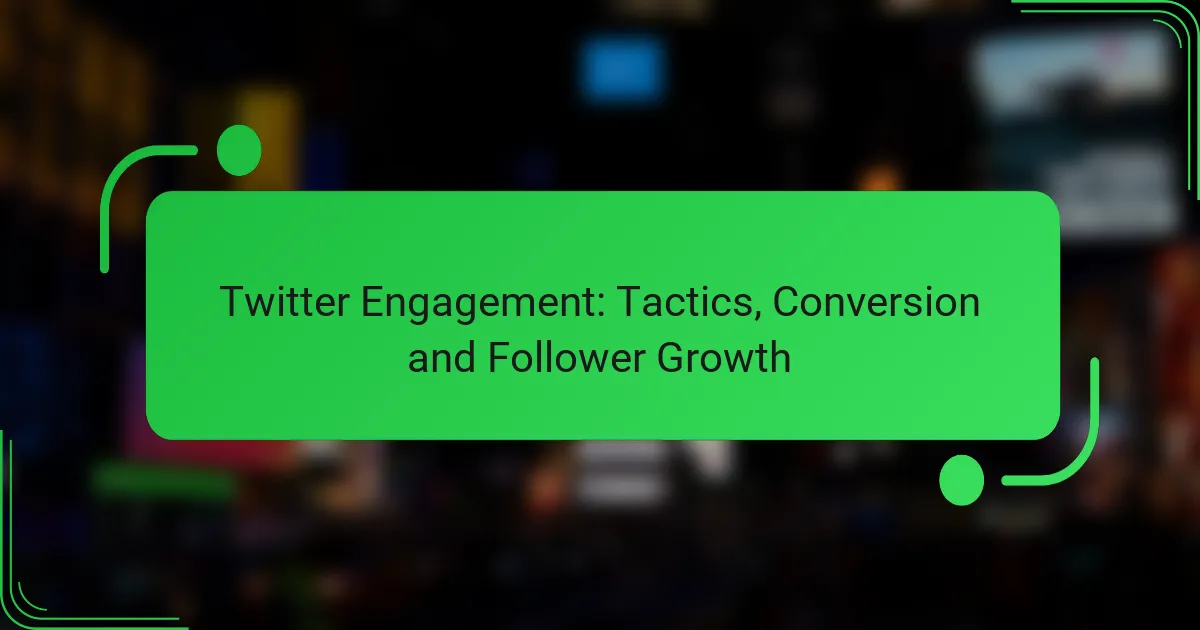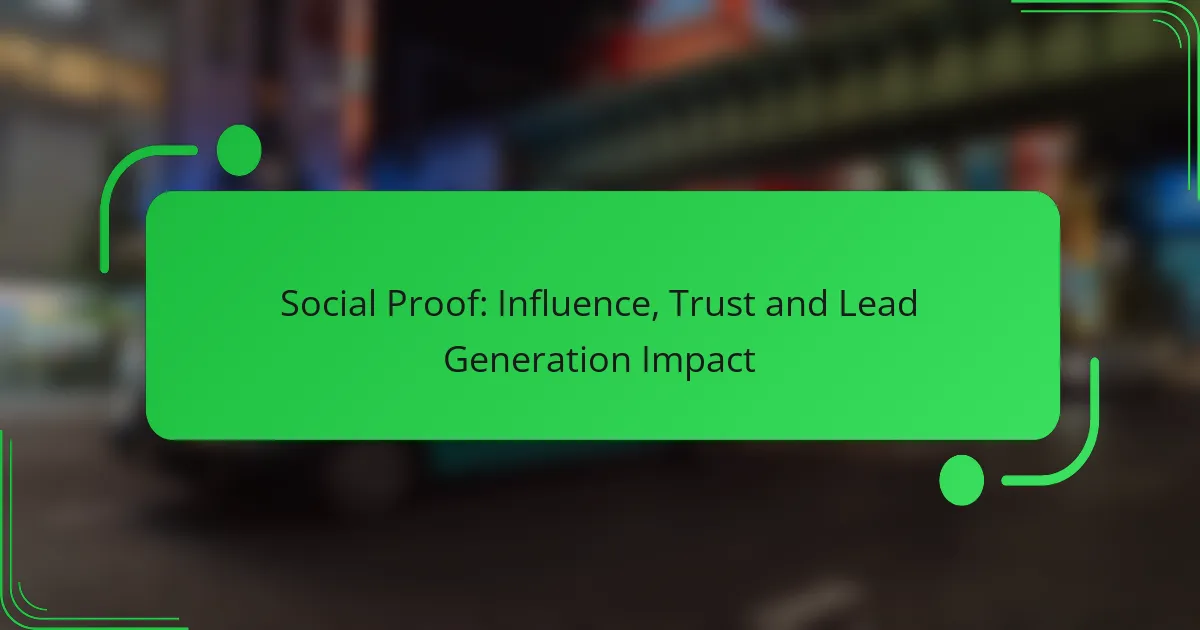Understanding social media metrics is crucial for analyzing performance and enhancing audience engagement. By tracking key indicators such as engagement rates and conversion effectiveness, businesses can refine their strategies to achieve campaign success. Strategic adjustments based on data analysis can significantly improve overall social media effectiveness and drive better results.

How can you analyze social media metrics effectively?
To analyze social media metrics effectively, focus on using the right tools and techniques to gather data on performance and audience engagement. This involves tracking key metrics that reflect how well your content resonates with users and how it contributes to your overall campaign goals.
Utilize analytics tools like Google Analytics
Google Analytics is a powerful tool for tracking website traffic and user behavior, which can be linked to your social media efforts. By setting up UTM parameters, you can monitor how social media campaigns drive traffic and conversions on your site.
Consider integrating other analytics platforms, such as Facebook Insights or Twitter Analytics, to gain deeper insights into specific social media channels. This multi-tool approach allows for a comprehensive view of your overall performance.
Implement social media dashboards
Social media dashboards consolidate metrics from various platforms into one interface, making it easier to track performance at a glance. Tools like Hootsuite or Sprout Social enable you to visualize engagement, follower growth, and post performance in real time.
When setting up a dashboard, customize it to focus on the metrics that matter most to your goals, such as engagement rates or click-through rates. Regularly review and adjust your dashboard to ensure it remains aligned with your evolving strategies.
Track engagement rates and reach
Engagement rates reflect how actively your audience interacts with your content, while reach indicates how many users have seen your posts. Aim for a balanced approach, as high reach without engagement may signal that your content isn’t resonating.
To improve engagement, experiment with different content types, such as videos or polls, and monitor how these changes impact your metrics. A good benchmark for engagement rates can range from 1% to 5%, depending on the platform and industry.
Monitor audience demographics
Understanding your audience demographics helps tailor content to meet their preferences. Most social media platforms provide insights into age, gender, location, and interests, which can inform your content strategy.
Regularly analyze these demographics to identify trends or shifts in your audience. This information can guide decisions on targeting, messaging, and even the platforms you choose to focus on for your campaigns.
Assess content performance metrics
Content performance metrics, such as shares, comments, and saves, provide insight into how well your posts resonate with your audience. Regularly review these metrics to identify high-performing content and replicate its success in future posts.
Consider conducting A/B tests on different content formats or posting times to see what yields the best results. Tracking these metrics over time will help you refine your strategy and improve overall campaign effectiveness.

What metrics should you focus on for campaign success?
To achieve campaign success, focus on metrics that directly reflect audience engagement and conversion effectiveness. Key metrics include engagement rate, conversion rate, follower growth rate, click-through rate, and return on investment (ROI).
Engagement rate as a key performance indicator
The engagement rate measures how actively your audience interacts with your content, typically expressed as a percentage of total followers or impressions. High engagement indicates that your content resonates well with your audience.
To calculate engagement rate, sum likes, comments, and shares, then divide by total followers or impressions, and multiply by 100. A healthy engagement rate often ranges from 1% to 5%, depending on the platform and industry.
Conversion rate tracking
Conversion rate tracking assesses the percentage of users who complete a desired action, such as making a purchase or signing up for a newsletter. This metric is crucial for understanding the effectiveness of your campaign in driving specific outcomes.
To calculate the conversion rate, divide the number of conversions by the total number of visitors, then multiply by 100. Aim for conversion rates between 2% and 5%, but adjust expectations based on your industry and campaign goals.
Follower growth rate analysis
Follower growth rate analysis tracks how quickly your audience is expanding over time. This metric is vital for gauging the reach and appeal of your brand on social media platforms.
To determine follower growth rate, subtract the number of followers at the beginning of a period from the number at the end, divide by the initial number of followers, and multiply by 100. A growth rate of 5% to 10% per month is generally considered strong.
Click-through rate measurement
Click-through rate (CTR) measures the percentage of users who click on a link within your content compared to the total number of users who viewed it. A higher CTR indicates that your content is compelling and encourages action.
To calculate CTR, divide the number of clicks by the number of impressions and multiply by 100. A typical CTR for social media campaigns ranges from 0.5% to 3%, depending on the platform and content type.
Return on investment (ROI) evaluation
ROI evaluation assesses the profitability of your campaign by comparing the revenue generated to the costs incurred. This metric is essential for determining the overall effectiveness of your marketing efforts.
To calculate ROI, subtract the total costs from the total revenue, divide by the total costs, and multiply by 100. A positive ROI indicates a successful campaign, with a target of at least 100% often seen as a benchmark for success.

How can you improve your social media metrics?
Improving social media metrics involves strategic adjustments to content, engagement, and analysis. By focusing on your target audience, testing different approaches, and analyzing performance data, you can enhance your overall social media effectiveness.
Optimize content for target audience
Creating content tailored to your target audience is crucial for improving social media metrics. Understand their preferences, interests, and pain points to craft messages that resonate. Use tools like audience insights and demographic data to refine your content strategy.
Consider using visuals, videos, and infographics, as these formats often yield higher engagement rates. Regularly review which types of content perform best and adjust your strategy accordingly to keep your audience engaged.
Utilize A/B testing for posts
A/B testing allows you to compare two versions of a post to determine which performs better. By changing one element at a time—such as the headline, image, or call to action—you can gather data on what resonates with your audience.
Implement tests on a small scale before rolling out successful variations to your entire audience. Aim for a sample size that provides statistically significant results, typically in the low hundreds, to ensure your findings are reliable.
Enhance posting schedule based on analytics
Analyzing your posting schedule can reveal optimal times for engagement. Use analytics tools to identify when your audience is most active and adjust your posting times accordingly to maximize visibility and interaction.
Consider experimenting with different days and times, as engagement can vary significantly. Aim for a consistent posting schedule to build anticipation among your followers while remaining flexible to adapt based on performance data.
Engage with followers to boost interaction
Engaging with your followers is essential for fostering a community and improving social media metrics. Respond to comments, answer questions, and acknowledge feedback to create a two-way conversation.
Encourage interaction by asking questions or prompting discussions in your posts. Regularly hosting live Q&A sessions or polls can also enhance engagement and make your audience feel valued.
Incorporate user-generated content
User-generated content (UGC) can significantly enhance your social media presence. Sharing content created by your followers not only builds community but also provides authentic testimonials that can attract new audiences.
Encourage UGC by running contests or campaigns that invite followers to share their experiences with your brand. Highlighting this content on your platforms can increase trust and engagement, leading to improved metrics.

What are the best practices for social media campaigns?
Best practices for social media campaigns focus on clear objectives, audience engagement, and consistent evaluation of metrics. Implementing these strategies can significantly enhance campaign effectiveness and drive better results.
Define clear objectives
Establishing clear objectives is crucial for any social media campaign. Objectives should be specific, measurable, achievable, relevant, and time-bound (SMART). For instance, aiming to increase brand awareness by 20% over three months provides a clear target to work towards.
When defining objectives, consider the overall business goals and how social media can support them. This alignment ensures that your campaign contributes to broader strategies, such as increasing sales or improving customer loyalty.
Know your audience
Understanding your audience is essential for tailoring content that resonates. Conduct market research to identify demographics, interests, and behaviors. This information helps create targeted messages that engage users effectively.
Utilize tools like social media analytics to gather insights about your audience’s preferences. For example, if your audience engages more with video content, prioritize creating videos over static posts to enhance interaction.
Engage consistently
Consistent engagement with your audience fosters loyalty and builds community. Regularly post content that encourages interaction, such as polls, questions, or user-generated content. This approach keeps your brand top-of-mind and encourages followers to participate.
Establish a content calendar to plan and schedule posts. This ensures a steady flow of content and allows for timely responses to trends or events relevant to your audience.
Measure and analyze performance
Regularly measuring and analyzing performance is vital for understanding what works and what doesn’t. Use metrics like engagement rates, reach, and conversion rates to evaluate success. Tools like Google Analytics and social media insights can provide valuable data.
After analyzing performance, adjust your strategy based on findings. For example, if a particular post type performs well, consider increasing its frequency. Conversely, if certain content underperforms, reassess and modify your approach.
Adapt and optimize
Social media trends can change rapidly, so adaptability is key. Stay informed about new features and shifts in user behavior to optimize your campaigns accordingly. For instance, if a new platform gains popularity, consider exploring it to reach a broader audience.
Regularly revisit your objectives and strategies to ensure they remain relevant. This proactive approach allows you to refine your campaigns continuously and maximize their effectiveness.



